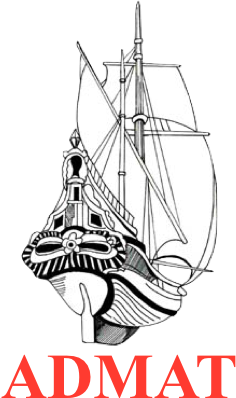As the end of Phase #1 (the first two weeks out of four in the project) was nearing an end, the team was starting to get anxious. We had three main mysteries we wanted to find answers for…
Connor next to the muzzle of Cannon No:3 on "Le Dragon's" bow
1. Find the figurehead of the ship. Because “Le Dragon”, formerly known as the “Washington”, was originally one of the first ships in the American continental navy, there was good reason to believe the figurehead was a representation of General George Washington himself. We had re-uncovered the bow and scanned the adjacent area in front of the ship in an attempt to find the massive wooden totem, but there was no sign.
The problem being that the bow was covered with about eight feet of sand. The Team spent three days with the archaeological dredge to uncover this pile of sand, but all they managed to do was get down to the archaeological grid placed on the bow in 2000. With about four feet of sand over an area of ten square meters, it was decided that as the latest storm had uncovered the starboard side of the front section of the ship (and piled the sand on the bow) that for this year the bow survey would be stopped. We would focus the attentions on other areas of the ship which were uncovered.
2. Locate the anchors. As a token to the master seamanship of Captain L’Espine in his valiant effort to swing “Le Dragon” in a tight arch through the shallow reefs and get his crew to shore, there was a good chance he used the ship’s main anchors to pull of this maneuver. We were hoping by guesstimating the length of the anchor ropes, using a 100 meter and 200 meter reference, we could find the anchors farther up the bay. Unfortunately, besides some beautiful coral formations, the metal detectors and gradiometer didn’t pick up anything in the areas we were swimming. But the seabed is a big place and so more survey swims would occur later.
3. Prove the ship’s structure was upgraded. Part of the dilemma in researching “Le Dragon” in the archives was finding a building proposal to extend the ship with three masts. Despite having this single document, however, there was no further evidence in the records to suggest this was ever carried out. To add to the problem, on the wreck we were excavating, we only had half a ship - since the portion from the amidships to the stern was blown up in an explosion.
Thankfully, with our Team searching for clues a few, we were able to lay to rest some of these questions.
Simon with a cannonball covered with a natural concretion
Raimund with the remnants of a wooden barrel with part of the iron hoops remaining



